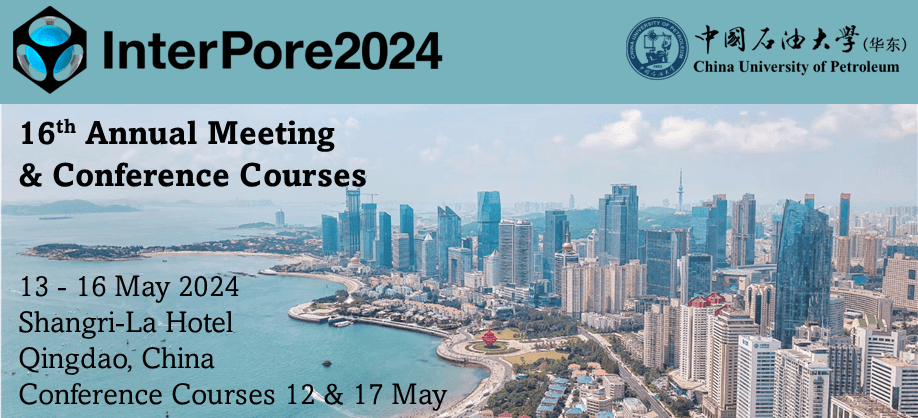Speaker
Description
In response to the urgent global concerns regarding climate change, there is a critical need for the evaluation and implementation of reliable renewable energy solutions. To bridge the energy demand-supply gap, immediate research into effective energy storage methods is imperative. The use of green hydrogen, generated via renewable electricity's electrolysis, is receiving increased attention, owing to its low volumetric calorific value (3 kWh/m3) and high mass energy density (33.3 kWh/kg). Hydrogen gas as an energy carrier can be stored in large amounts in subsurface reservoirs, such as salt caverns, saline aquifers, and depleted hydrocarbon reservoirs. However, even at minimal aqueous concentrations, hydrogen serves as an attractive electron donor for subsurface microorganisms, including methanogens, sulphate-reducers, homoacetogenic bacteria and iron (III)-reducers. Microbial growth in porous media leads to biofilm formation, narrowing the rock pores and causing potential bioclogging. Therefore, assessing these microbial effects in underground hydrogen storage is crucial to estimate risks associated with gas injectivity, loss, and recovery in large-scale operations.
This study investigated hydrogen consumption by two sulphate-reducing microorganisms in a pressurized microfluidic chip at 10-100 bar and 37 ℃, mimicking conditions akin to shallow gas reservoirs. The microbial cells congregated at the interface of the aqueous phase and hydrogen gas, utilizing the hydrogen to form biofilms. However, bioclogging resulting from biofilm formation was observed when utilizing Lactate as the carbon source, while no such clogging was observed with hydrogen gas. Under the microscope, the comparison between biofilm formations using Lactate and hydrogen gas revealed notable differences. The Lactate-formed biofilm appeared denser and tightly packed, whereas the hydrogen gas-formed biofilm displayed a crystal-like structure. Further analysis with Raman spectroscopy uncovered disparities in the protein structures within these biofilms.After one week of cultivation in a hydrogen-rich environment, the biofilm appeared to detach from the pore network following the second hydrogen injection drainage. Our hypothesis proposes that this reduction in the biofilm might be due to a shift in bacterial behavior, potentially transitioning from a biofilm-mode to a planktonic-mode state in an environment abundant in hydrogen. Biofilm formation and its adhesion to solid surfaces directly impact wettability, notably increasing hydrophobicity. This change in contact angles leads to a decrease in capillary entry pressure during hydrogen injection, thereby improving drainage efficiency.
These findings emphasize the substantial impact of biofilm dynamics and wettability changes on the efficiency of hydrogen injection and recovery processes in subsurface reservoirs. The results offer critical experimental evidence concerning the microbial risks linked to underground hydrogen storage, thereby contributing to the validation of the upscaled model within this context.
| Country | Norway |
|---|---|
| Porous Media & Biology Focused Abstracts | This abstract is related to Porous Media & Biology |
| Student Awards | I would like to submit this presentation into the InterPore Journal Student Paper Award. |
| Acceptance of the Terms & Conditions | Click here to agree |




.jpg)
